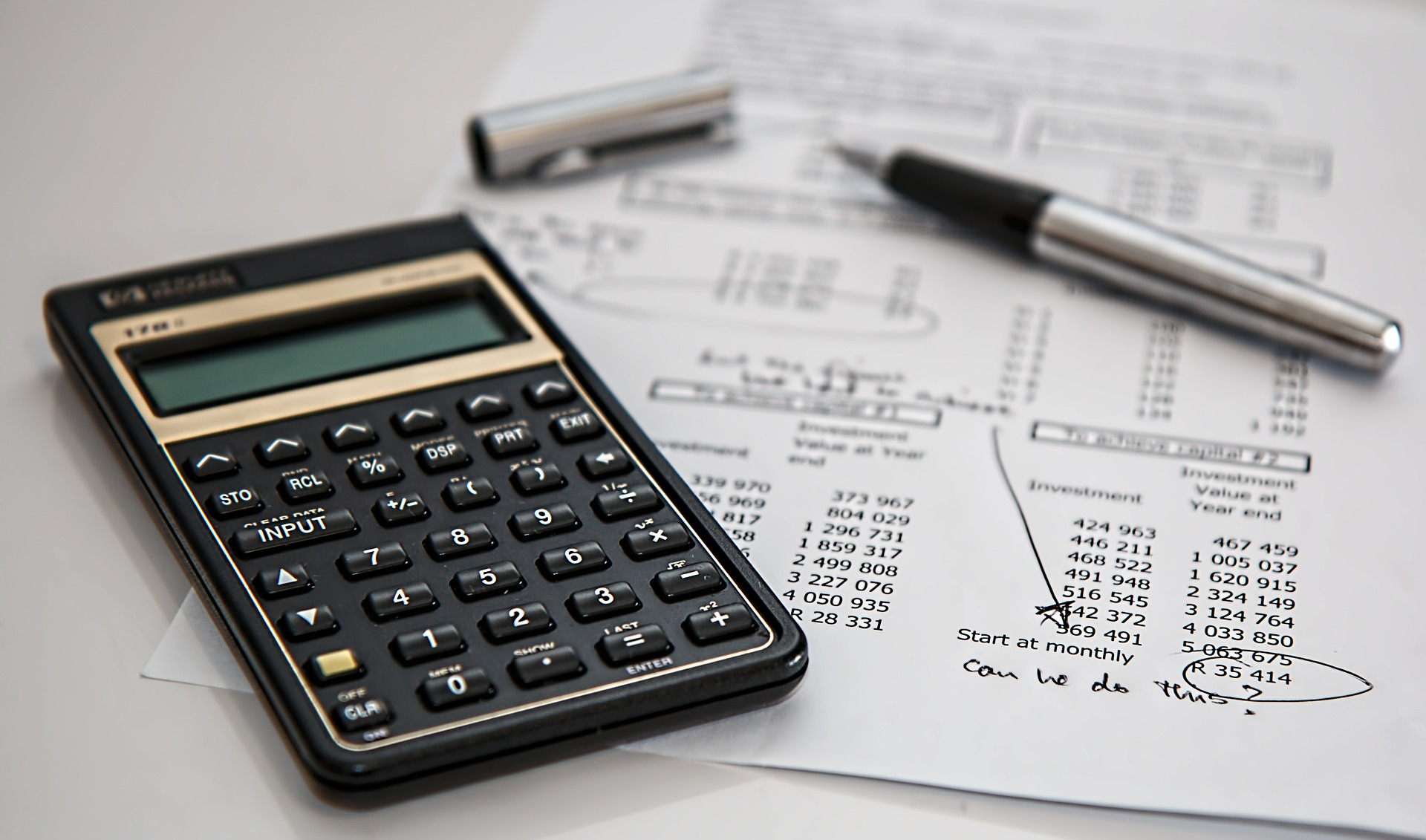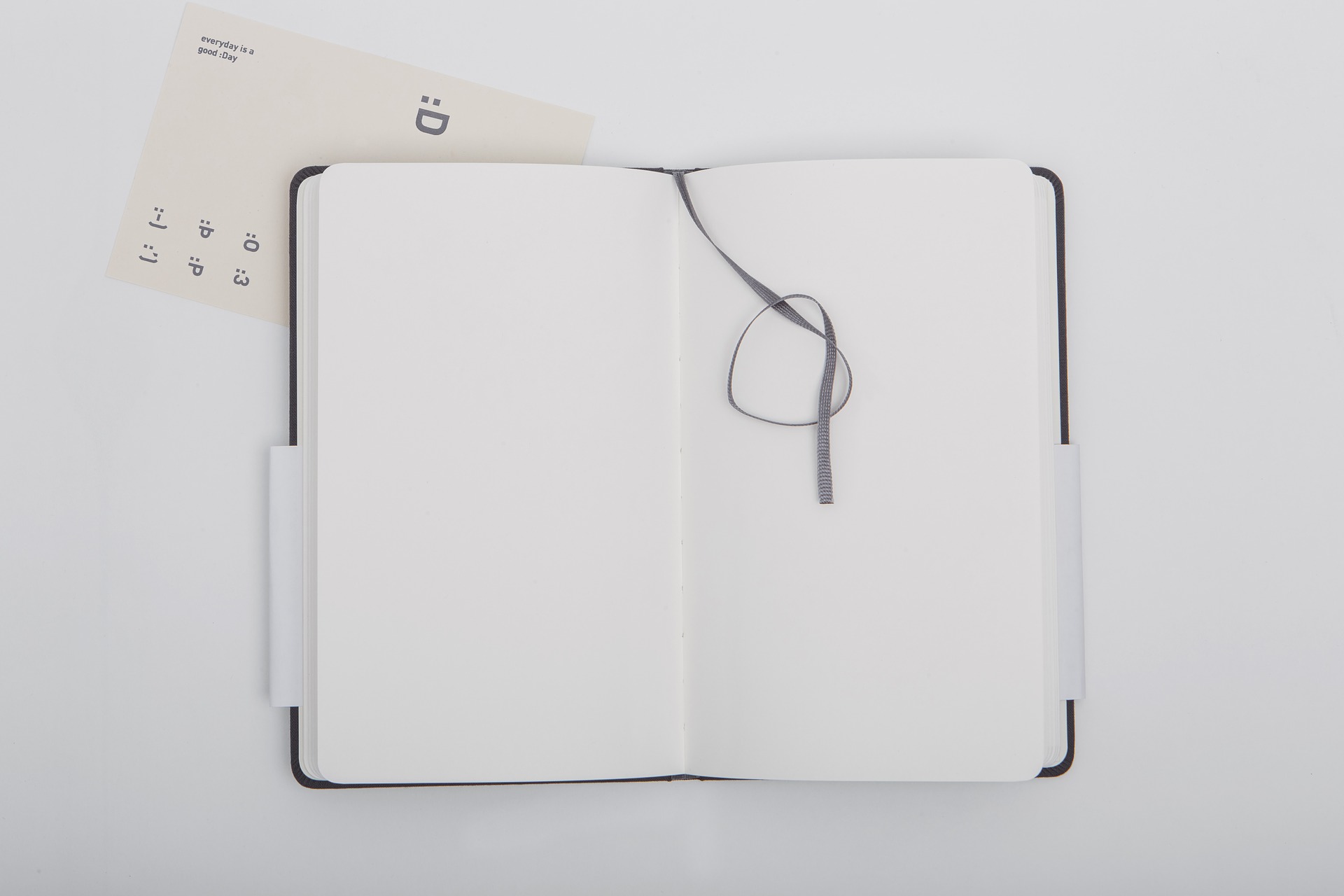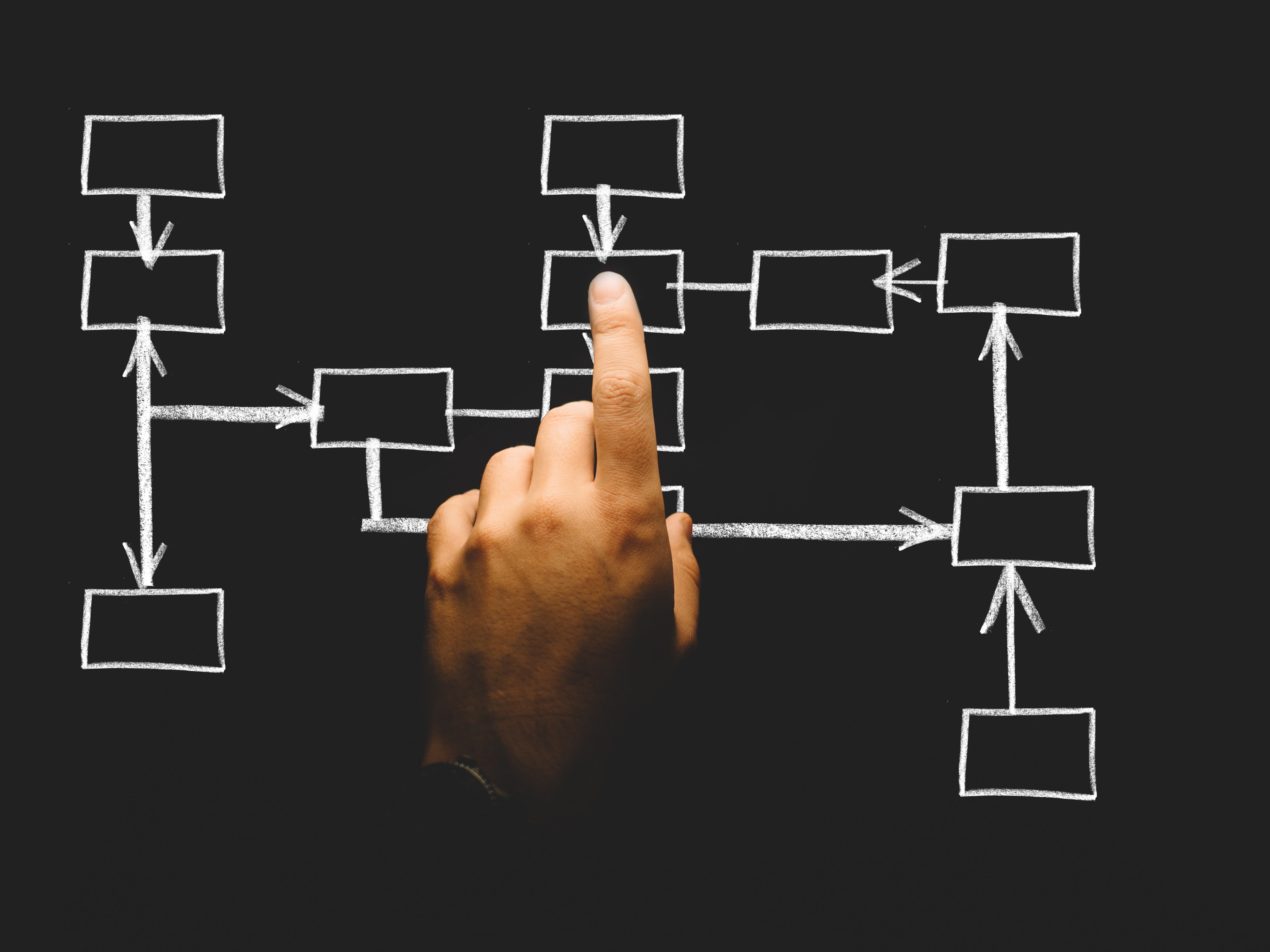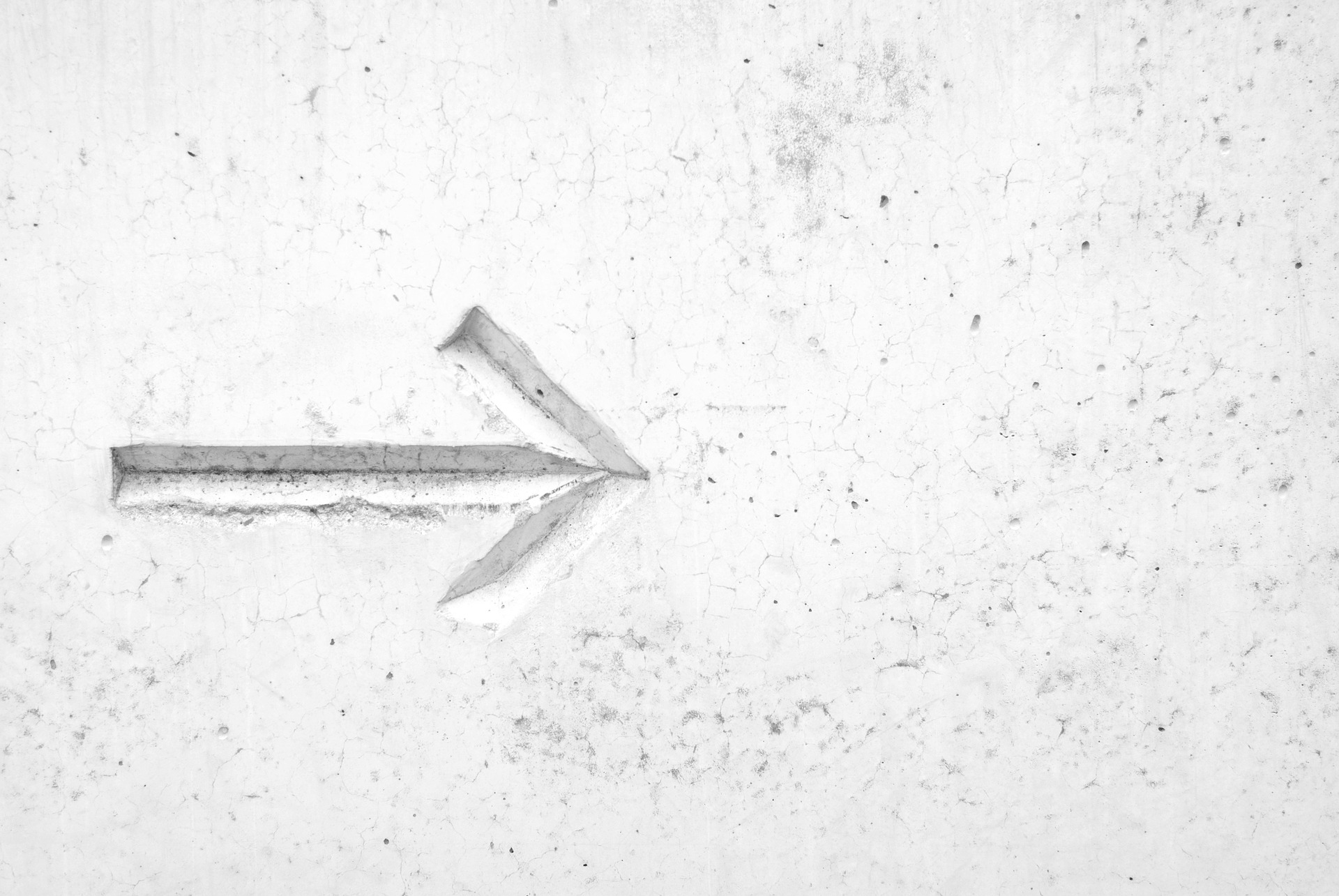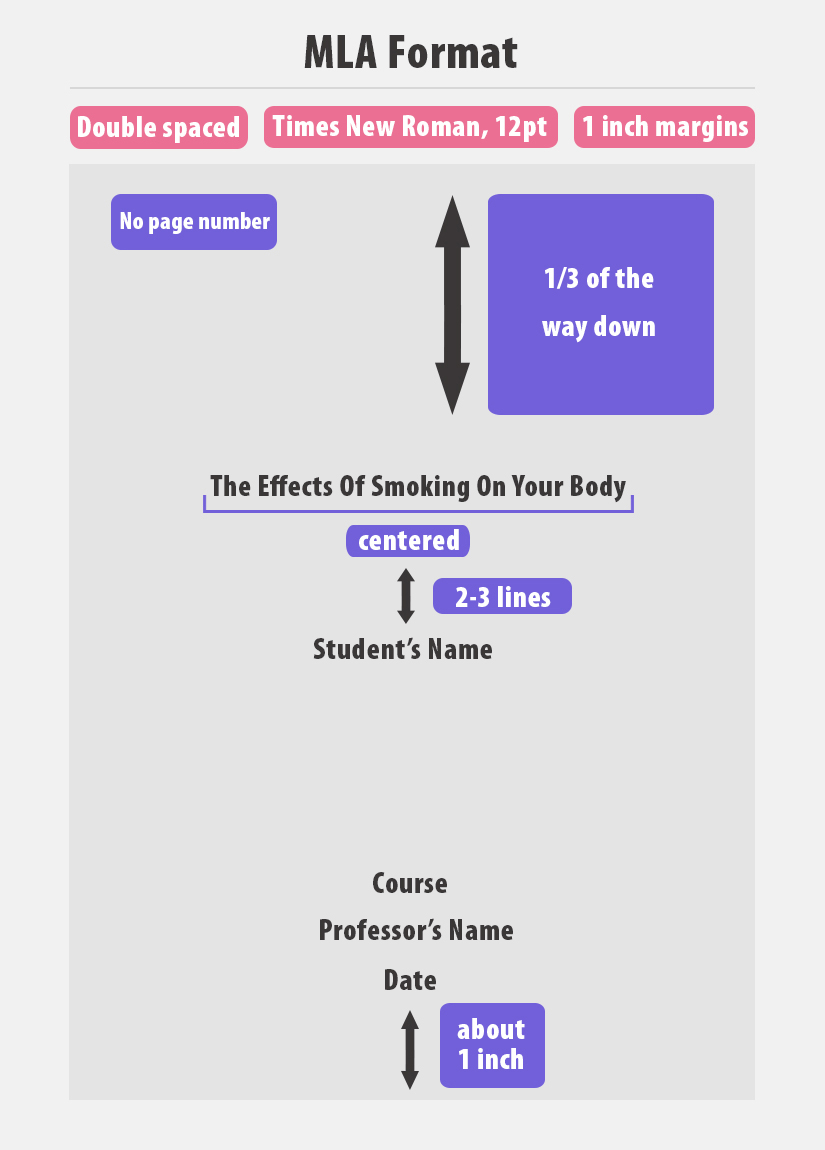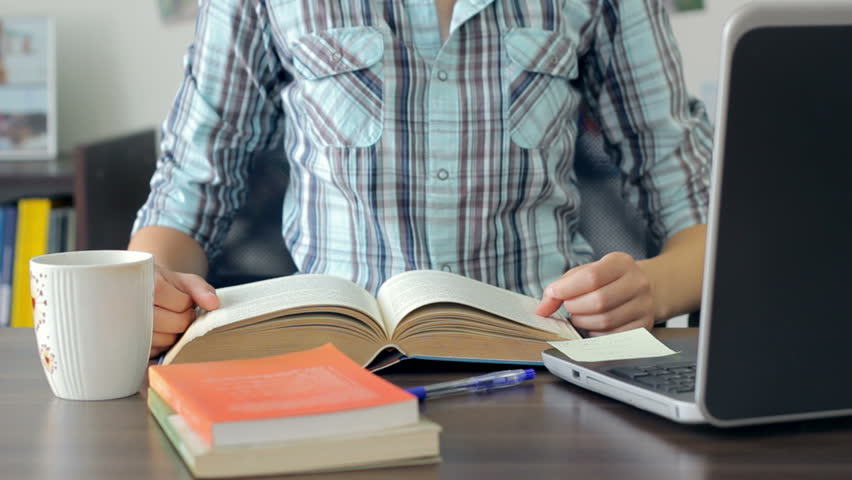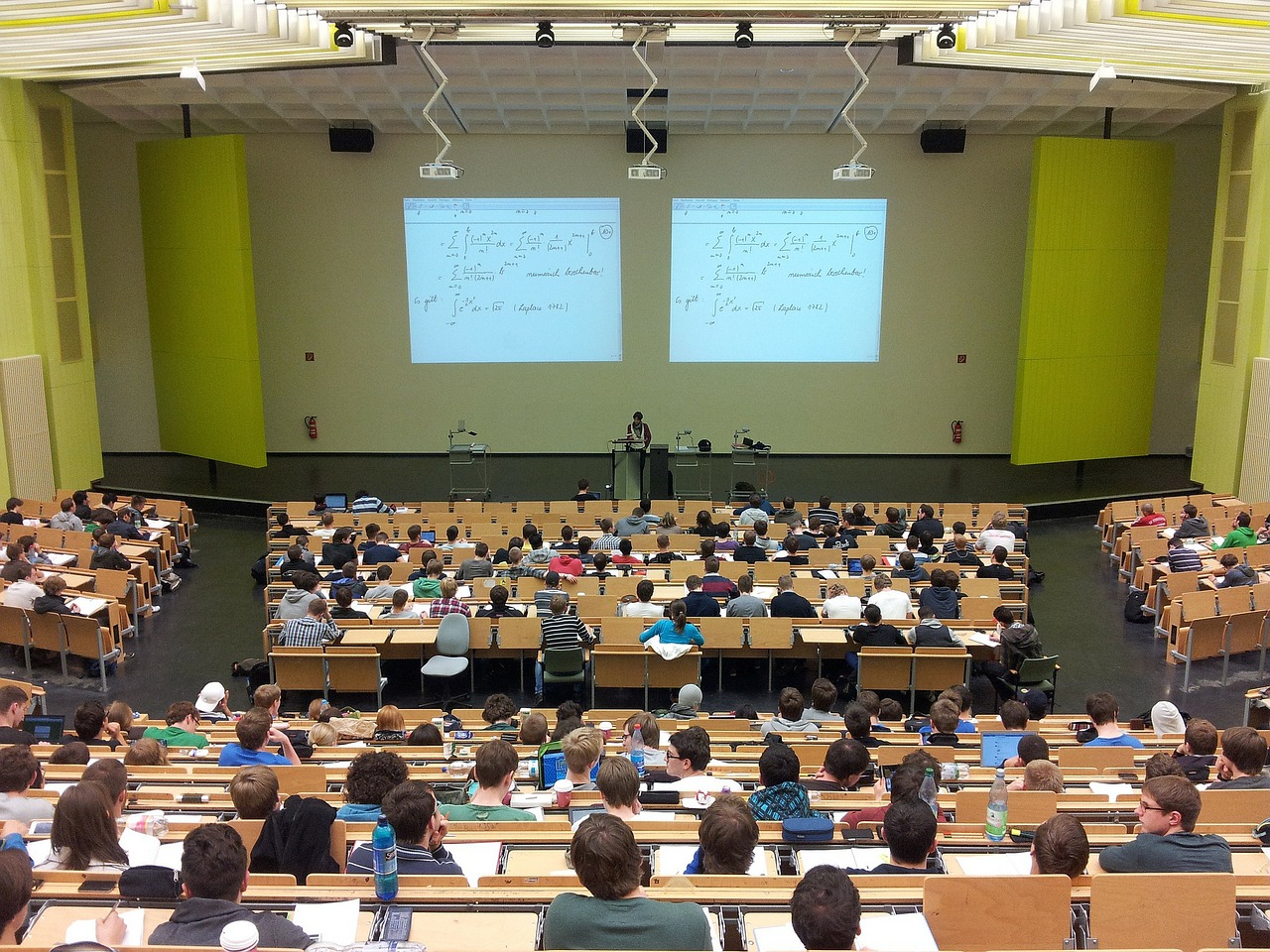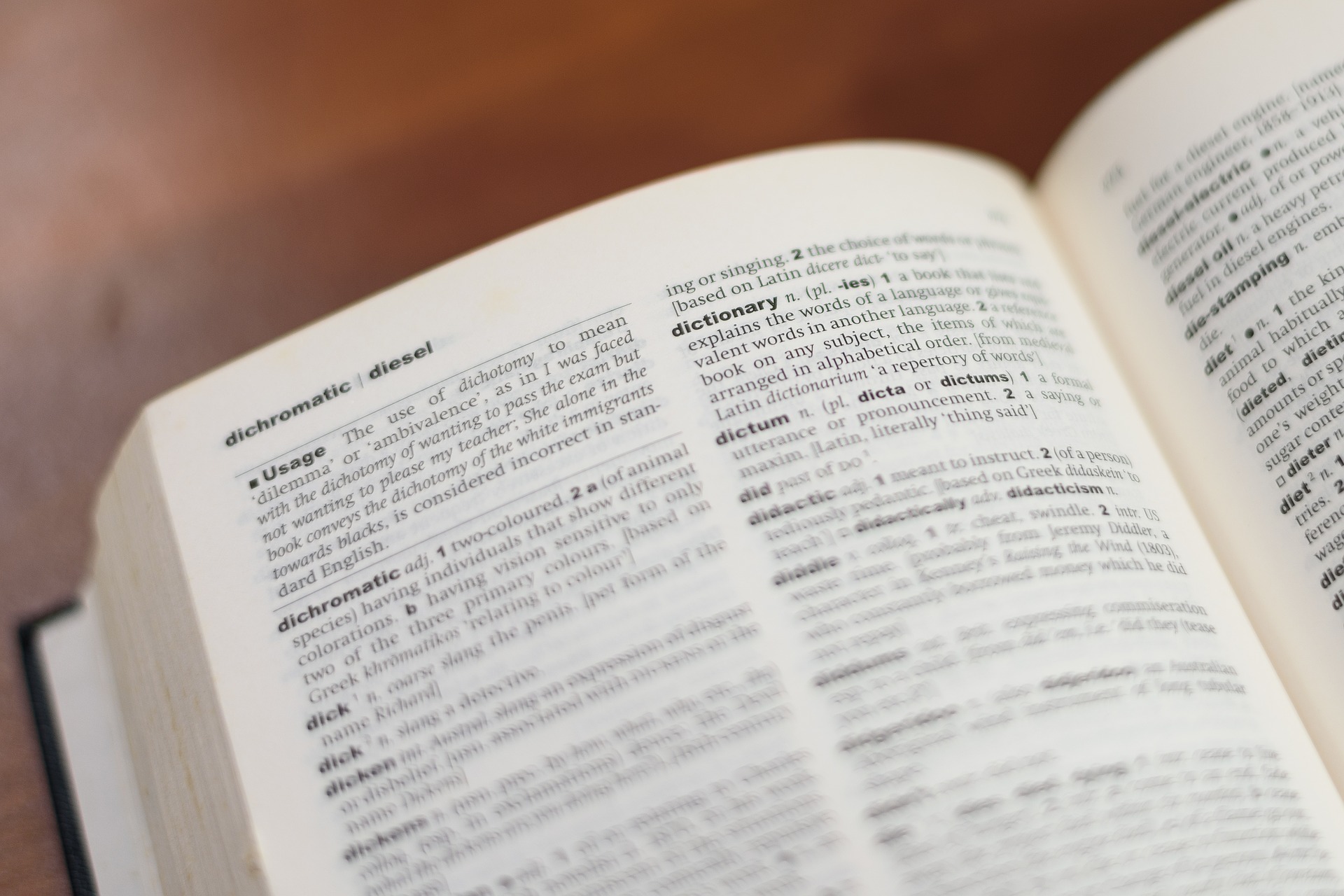Character Types In Literature: A Manual For Writers
May 30, 2019
Do you know the number of character types in literature? If you love reading literature, especially novels and fiction stories, you could be knowing some of the basic characters in literature. These include the protagonist (hero), the antagonist (opposite to hero), dynamic (a changing character) and the static or flat (non-changing character).
However, we have more characters in literature in addition to the ones named above. One thing you need to understand is that each type has its unique characteristics. The other types of character that you will find in literature include Villain, stock character, round character, foil character, and the confidante character, among others.
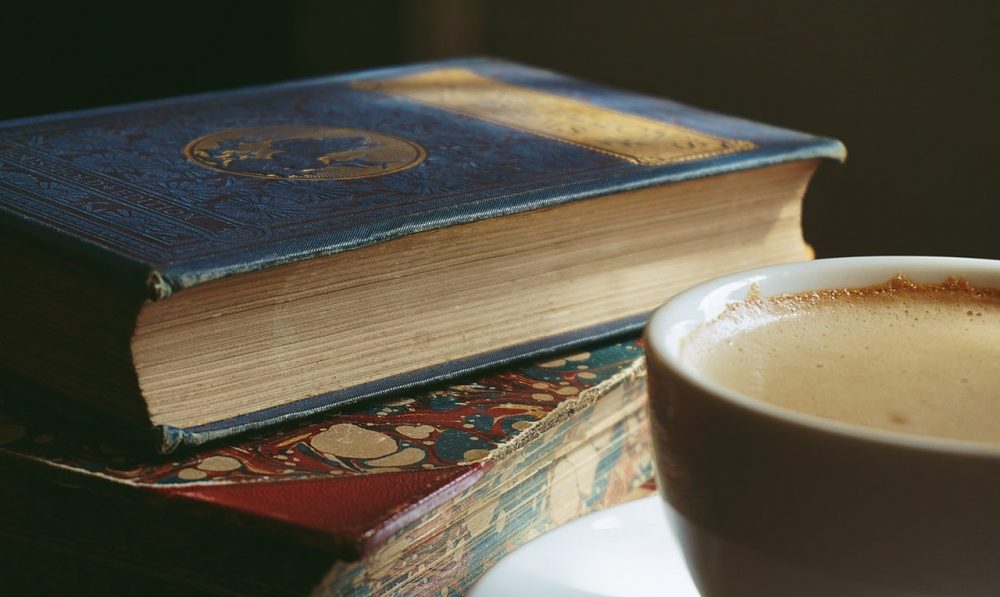
It is crucial to have an in-depth knowledge of these character types in literature if you want to write an interesting fiction story. Below is a detailed explanation of some of these character types definition. It is good to use this list of character types whenever you are writing a fiction.
The Protagonist (Main) Types of Character
Every story revolves around this type of character. It is the hero or main character and appears in your story from the beginning to the end. The protagonist character type in literature is the one that fights with the situation and antagonist character and gives the story a happy or unhappy ending.
The hero is always at the center of the story and shows his courage and heroism to hold the interest of the reader. The protagonist comes out as a strong individual or grows from nothing after being a casualty of a destructive circumstance.
Most stories have several protagonists to help one another and play equal roles up to the end of the story. Make sure you know the hero types of character before you go too far in your writing.
The Antagonist Character Types
This character opposes that main character types in any piece of literature. The hero will always take a good truthful stand. The antagonist will play against the heroic stand and poses threats to him and other people in his life in a bid to stop him.
However, the antagonist should not always be a person or group of people working towards the misery of the protagonist. It can be an accident event or difficult situation that works against the positive and main character.
The antagonist together with the protagonist is the life of the plot. It poses questions that makes readers curious of what will happen next so that they can remain interested in the literature. The antagonist can also be described as a negative situation or person that is crucial for the rise of the main character. Therefore, it is an important type of character when making your fiction writing.
The Static or Flat Character
Static characters aren’t an eye-catching component in your story. However, they have a critical role to play as they help in the flow of the story. Flat characters also help the main character type in his or her intention. The character neither reveals much about himself nor has strong characteristics. The characters have a small role to play in the story but you can make them memorable and interesting by giving them a special manner and style.
The Changing Character
The dynamic character is the direct opposite of the flat character types in literature. The roles of this character changes and develops in the story’s events. The character can either change negatively or positively depending on the requirements of the story.
The changing character can be anything from the supporter of the antagonist to the partner of the protagonist. He can change the direction of the plot from positive to negative or vice-versa. The character rises from a normal person that is not important to an important individual and makes tremendous effects in the whole story.
The Confidant Character
The virtues of the protagonist character are always highlighted to assist the confidante character. It is the character that the main character trusts and assists him to develop his heroic attributes. It is good to include them in your college or high school story character types to help in the development of your main character. Apart from being a person, this character can also be an animal.
The Foil Character
The foil character plays c contrasting and nasty role that highlights the caring nature and brings out the good qualities of other character types in literature like the dynamic and main character. It is always a close associate of the protagonist and serves the purpose of adding a dramatic effect to the whole story.
The Stock Character Types
The stock character adds a lot of value to your story. The characters are stereotypical and conventionally and repeatedly used in the story of a specific type. It like a person in the story that takes the space but has no influence. These characters come and go and most readers don’t recognize them.
The Round Character
The character contributes the most in making your story interesting. It confuses the reader about the actual nature of the person. These characters act subtly and changes whenever a conflict occurs. The character grows itself and becomes more complex as the story continues to progress. The round character does not stick to a limited set of qualities.
Villain or Evil Character
The characteristics of an evil character resemble those of the antagonist but he actively acts with a high level of intensity to harm the main characters and other individuals in the play. It does all it can to create life-threatening situations for the protagonist in the story. Apart from working against the hero, the evil character can create situations that are harmful to the county, society, or even world.
Archetypal Characters
The archetypes have original characters on which the other characters within the story develop. These include the ego, the soul, and the self. There are several sub-categories under each of these archetype characters that you need to learn.
The other important character type to include in your plot is the science fiction character types. Learn all these characters as they will help you to create an interesting story or essay.
Take a break from writing.
Top academic experts are here for you.
- How To Write An Autobiography Guideline And Useful Advice
- 182 Best Classification Essay Topics To Learn And Write About
- How To Manage Stress In College: Top Practical Tips
- How To Write A Narrative Essay: Definition, Tips, And A Step-by-Step Guide
- How To Write Article Review Like Professional


